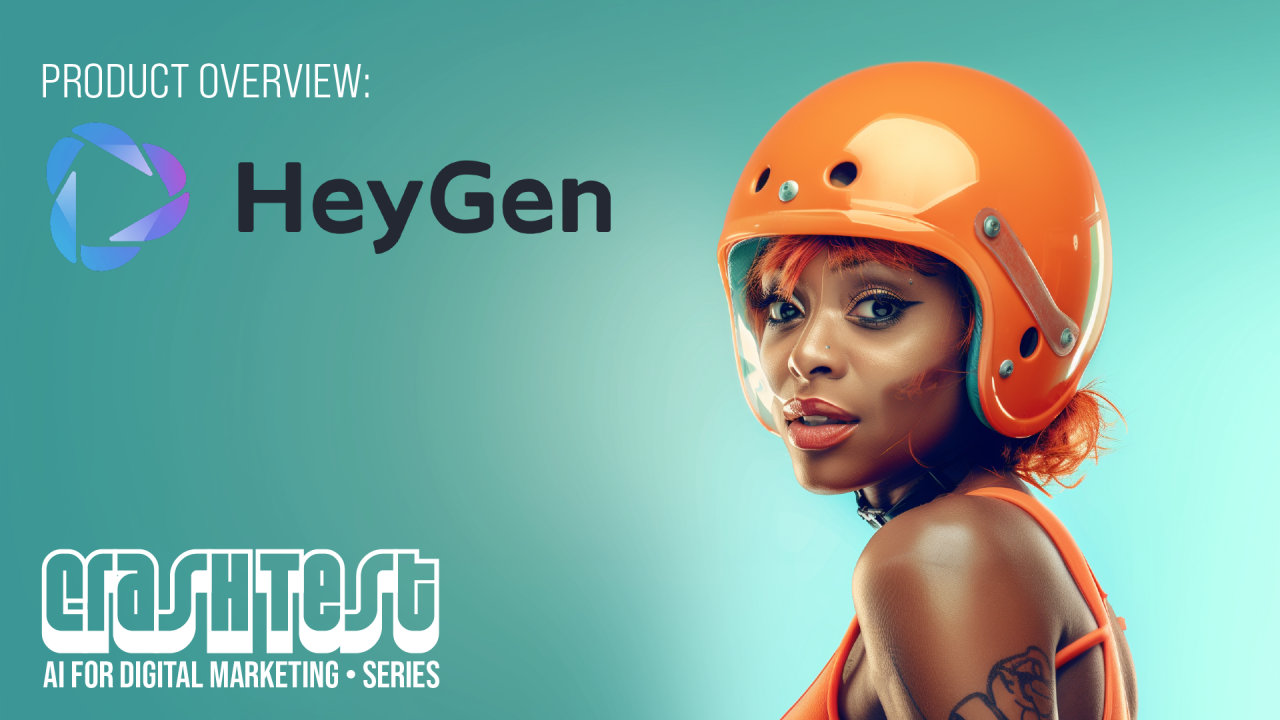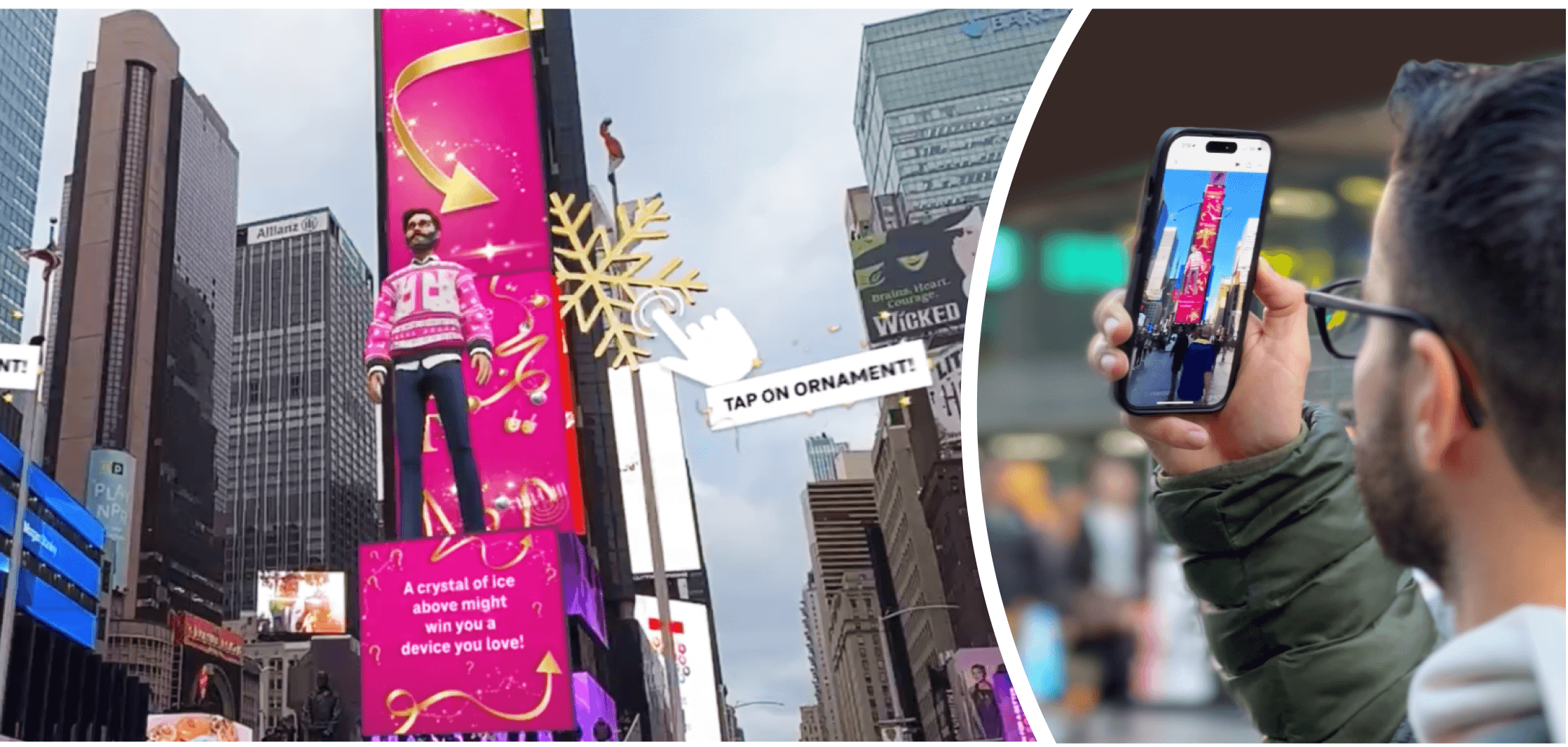Welcome to the evolving front line of brand communication—where your spokespeople might not breathe, eat, or go off-script.
For some brands, synthetic personas are becoming essential tools for scaling content, reducing costs, and maintaining control across global touchpoints. In those cases, the question isn’t if they’ll use digital humans—it’s which kind, and how fast.
But let’s be clear: not every brand needs synthetic spokespeople. Some categories—luxury, boutique, mission-driven—may find more value in real human presence, lived experience, and emotional nuance. The human touch isn’t obsolete. For many, it’s the differentiator.
Still, for brands under pressure to scale across languages, time zones, and platforms—without expanding headcount or production costs—synthetic personas offer a compelling edge in speed, consistency, and efficiency.
And not all digital humans are created equal. You’re now looking at three core categories:
- Non-interactive influencers – CGI personalities that perform brand storytelling without responding.
- Non-interactive AI avatars in video – Pre-scripted, AI-voiced brand reps used in tools like Synthesia and HeyGen.
- Interactive avatars – Conversational AIs that engage users in real time, across channels.
Each serves a different purpose. Confuse them, and you’ll waste money. Use them intentionally, and you’ll scale presence, performance, and trust—on your terms.

Source: synthesia.io
1. Non-Interactive Influencers: The Storytellers
These are your Lil Miquelas and Immas. They post. They pose. They create narrative buzz. They don’t engage.
Use cases:
- Brand storytelling through scripted social posts
- Hype generation for fashion, entertainment, and youth-oriented campaigns
- Narrative ownership—since you control every visual, every caption, every arc
They’re ideal when you want to entertain, provoke, and control the conversation—not have one.
2. Non-interactive AI avatars in video: the communicators
This is the fastest-growing segment: virtual presenters made using tools like Synthesia, HeyGen, or Hour One. These synthetic humans read scripts, look at the camera, and turn text into scalable video. They’re not influencers. They’re content engines.
Use cases:
- Internal comms: Scalable CEO updates, training, onboarding
- Product explainers: Localized videos for global markets—same avatar, 30 languages
- Sales enablement: Personalized pitches sent at scale via video
- Education and microlearning: AI “professors” that deliver information without bias, fatigue, or scheduling drama
The upside? Speed, consistency, and localization. You don’t need a video team, a studio, or talent. You need a Google Doc and a login.
They’re perfect when you need to scale video like email—structured, brand-aligned, and consistent.

source: heygen.com
3. Interactive Avatars: The Brand Interfaces
This is where synthetic gets real-time. Interactive avatars combine speech, animation, and AI to respond dynamically to customers.
Use cases:
- Customer support: A face for your chatbot that delivers empathy (or the illusion of it)
- Virtual shopping assistants: In-store, online, or in-app
- Event hosts: Welcome avatars for digital events, conferences, or AR experiences
- AI concierges: Multi-lingual, always-on, fully scripted customer engagement
Use these when your goal is engagement, conversion, or CX automation. If a conversation drives ROI, these are your reps.

Source: https://rockpaperreality.com/our-work/geospatial-sweepstake-campaign-for-t-mobile/
Strategic takeaway: match persona to purpose
Here’s the cheat sheet:
| Persona Type | Best For | Interaction Type |
|---|---|---|
| Non-interactive influencers | Storytelling, brand buzz, visual culture | One-way |
| AI video avatars (Synthesia, etc.) | Education, explanation, internal comms, global video scale | One-way (scripted) |
| Interactive avatars | Support, onboarding, personalization, retention | Two-way (real-time) |
Ethics and experience: still the big watchdogs
Whether your brand is exploring synthetic personas—or deliberately choosing not to—one principle holds true: how you show up matters. Technology may evolve, but trust is still earned the human way—through clarity, respect, and consistency.
For brands using synthetic characters, here’s the baseline:
- Disclose clearly: Audiences should never wonder whether they’re interacting with a human or an AI. Transparency builds trust.
- Diversify with intention: Avoid generic avatars or exaggerated archetypes that reinforce stereotypes. Representation applies here, too.
- Offer human options: Not every customer wants to talk to a chatbot with a face. For some, a real person isn’t a preference—it’s a dealbreaker. Make space for both.
- Align to your values: Whether it’s an AI video host or a CGI influencer, every synthetic persona reflects your brand. Don’t let them be tone-deaf, underwhelming, or off-mission.
And for brands choosing to stay fully human? That’s a valid strategy, too. Lead with empathy, creativity, and consistency—the things AI still can’t replicate at scale.
Synthetic or not, every brand interaction is a trust transaction. Make it count.
Conclusion: know who’s talking for you
Synthetic humans are no longer niche. They’re the new spokespeople, trainers, salespeople, and storytellers. But success depends on strategic clarity:
- Want to influence culture? Use non-interactive digital influencers.
- Want to scale video like never before? AI avatars in tools like Synthesia are your power move.
- Want to interact, convert, or retain? Deploy interactive avatars with brains, voice, and boundaries.
The brands that win won’t be the ones who adopt synthetic personas first.
They’ll be the ones who use the right persona, for the right job, at the right moment.

